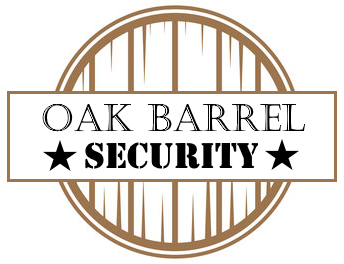One story to tear apart
Here we go again, a headline that sounds like the soundtrack to every enterprise patch Tuesday you’ve endured. Microsoft confirms a bug that causes the Windows 10 KB5068781 extended security update to fail with 0x800f0922 on devices with corporate licensing. Groundhog Day in a tuxedo, except the only thing we’re patching is the calendar of excuses CISOs fling at board meetings.
Let’s be real: this isn’t a surprise. The ESU update, meant to keep aging Windows 10 machines from coughing out their last breath, stumbles over corporate licensing like a rookie driver in a corridor of speed bumps. The official line is “investigating a bug,” which in security-speak translates to “we’ve got no clue and you’ll test this in production while we polish our slides.” If you’re counting the days until your next patch cycle surfaces the same error code, you’re not alone — you’re also probably the only one who wasn’t surprised by the press release.
Meanwhile, the press beat is not thrilled either, because the real story isn’t just a single failing install. It’s a reminder that enterprise patch programs are a labyrinth designed by committee, and the looter’s paradise for vendors who promised “one-click security improvements” while delivering “two clicks and a dozen reboots.”
What the headline really tells you
The 0x800f0922 issue is not a bug isolated to a single machine; it’s a symptom of patch governance in large fleets. Licensing quirks, ESU scoping, and the vague notion of “supported configurations” all conspire to turn a simple update into a ticketing backlog. The story wears the same clothes as every other major vulnerability wave: the fix is technically available, the rollout is technically possible, but the business reality is that the window to deploy without disruption is never wide enough and never free of tears from the helpdesk icebox.
And yes, vendors will trumpet their dashboards like they just solved the climate crisis, while CISOs pretend this is the moment they finally tightened change controls. The reality check is harsher: if you’re relying on a vendor to hand you a flawless rollout, you deserve the extra 20 emails you’ll get asking for permission to reboot the domain controllers after lunch.
Pour a dram and contemplate the truth
So what should you do besides rolling your eyes so hard you need a new passport? Validate your pilot deployments, document every failure, and pretend you’re surprised when someone tries to patch production at 3 a.m. with cryptic error codes. If you must burn a vendor slide deck, do it with whiskey in hand and a list of rollback steps you would never actually use in production. Because at the end of the day, you’re not patching a feature; you’re patching a process that never learned to walk without tripping over licensing constraints.
Read more about the ESU update drama here: Read more.

